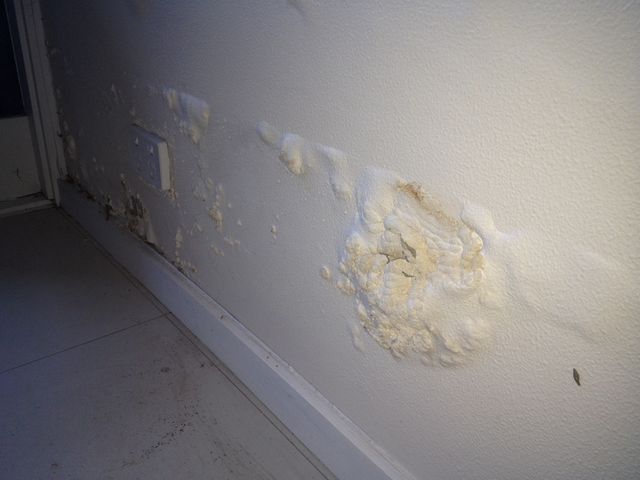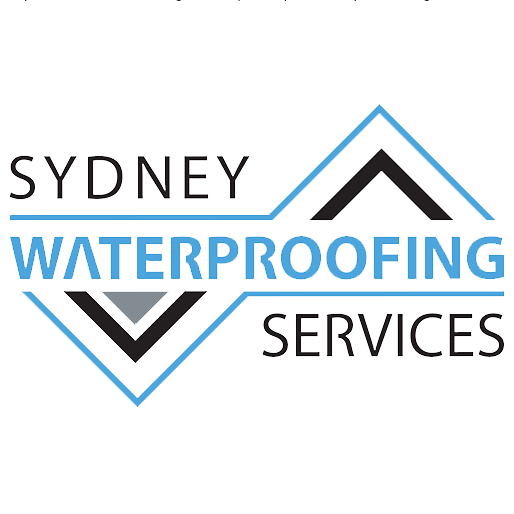Rising Damp Sydney Specialists
The most commonly used and efficient method of tackling the problem of rising damp is to set up an appropriate damp-proof course. That is done by injecting a damp-proofing cream that repels water in the bed of the mortar joint on the affected wall.
To prevent rising dampness from damaging walls, homes are constructed using physical DPCs for a long time. But these physical barriers cannot always prevent rising water from happening. Particularly in older buildings, physical DPCs may be damaged over time or, in certain instances, incorrectly installed.
In addition, when homes are being upgraded or extended, construction works may affect the built-in physical DPCs. In the event of a change to the level of the ground, as an example, the DPC layer may be crossed, and rising dampness could occur where it has not been before. In these situations, must put a barrier put in place to stop growing damp from happening again.

Repairing Rising Damp
The dampness from rising can cause negative consequences for wallpaper, plaster, paints, and skirting boards. Address the issue to the root of the problem and restore the decoration on interior walls.
Our Services
- Lateral Damp Treatment
- Rising Damp Prevention
- Mould Treatment
- Subfloor Ventilation
- Waterproofing – Bathroom / Wet Areas
- Torch-on Membranes
- Ceiling Restoration
- Heritage Buildings
Treatment of Rising Damp on Internal Walls:
Before any treatment that stops growing damp on walls can initiate, must remove the skirting boards surrounding the affected area. Furthermore, just cut off any plaster contaminated with salt at least 300 millimeters above the highest signs of dampness and salt contamination.
After the brickwork is exposed, the treatment for damp rising can begin. With an intervention, DPC can be directly injected into the brickwork, ensuring a specific solution to the issue. Whatever Dyzone or Dryrods have been utilized in the process, holes need to drill in the mortar course with the lowest accessibility, which is at least 150 millimeters above the exterior surface. The holes are usually made at intervals of 120 millimeters, with an average diameter of 12 millimeters. After the holes are constructed for the rising damp treatment, it is injectable. The injection of a damp-proofing cream and inserting wet proofing rods guarantees an effective, targeted therapy for rising dampness.


